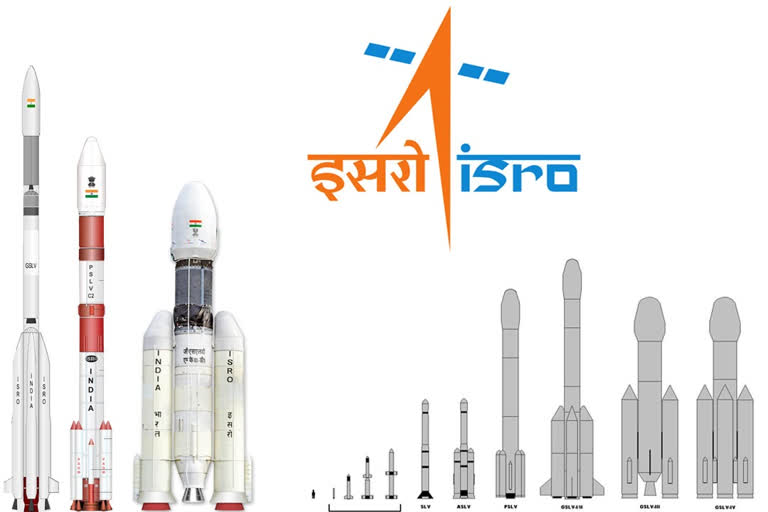Hyderabad: The Polar Satellite Launch Vehicle (PSLV) is a satellite carrier designed with indigenous technology and developed by the Indian Space Research Organization. Launched for the first time in 1993, it has so far successfully placed 374 satellites in the orbit (46 domestic and 328 foreign).
The prestigious Chandrayaan-1, Mars Orbiter Mission, Space Capsule Recovery Launch, Indian Regional Navigation Satellite System, etc. were all launched by this carrier.
ISRO started space travel by satellite launch vehicle (SLV) during 1970-80 and later built and used the Augmented Satellite Launch Vehicle (ASLV). Despite the presence of India in the global scenario, the expected results did not come. The PSLV rocket was built under the third generation during 1990-2000.
From failure to success
On September 20, 1993, the PSLV-D1 was launched by the PSLV-G carrier but failed. Later, in 1994 and 1996, PSLV-D2 and D3 experiments were performed, both of which were successful. Since then, ‘C’ series experiments have begun.
PSLV-C1 was launched on September 29, 1997. The IRS-1D satellite was launched into solar orbit. A series of experiments were performed. The PSLV-C13 experiment alone was not conducted.
Gradually improving
The carrying capacity of this carrier has been improving to meet the necessary requirements. Recognized as PSLV-GA in 1993, it then became PSLV-CA for the April 23, 2007 launch. By Chandrayaan-1 launch on October 22, it was transformed into Excel, as PSLV-DL for launch on January 24, 2019, and as PSLV-QL for April 1, 2019 launch.
This carrier has technically changed into five types … almost every time bagging success into its account. Of the total PSLV carriers, only the PSLV-D1 and PSLV-C39 experiments failed.
Carrying satellites
Since 1999, 328 satellites from 34 countries have been carried and successfully placed in orbit.
Speaking to ETV Bharat, Vellanki Seshagiri Rao, Retired Associate Director of SHAR said," PSLV has added immense credit to ISRO, which has enhanced India's reputation globally. It has been the winning horse of ISRO and successfully carried out many experiments. It is a matter of great pleasure that the PSLV series is launching the 50th carrier to place foreign satellites into the orbit."
"ISRO has become an unstoppable force in the world by acquiring technical expertise indigenously through sustained hard work. It also has acquired a stable position in the global satellite market," he said.



